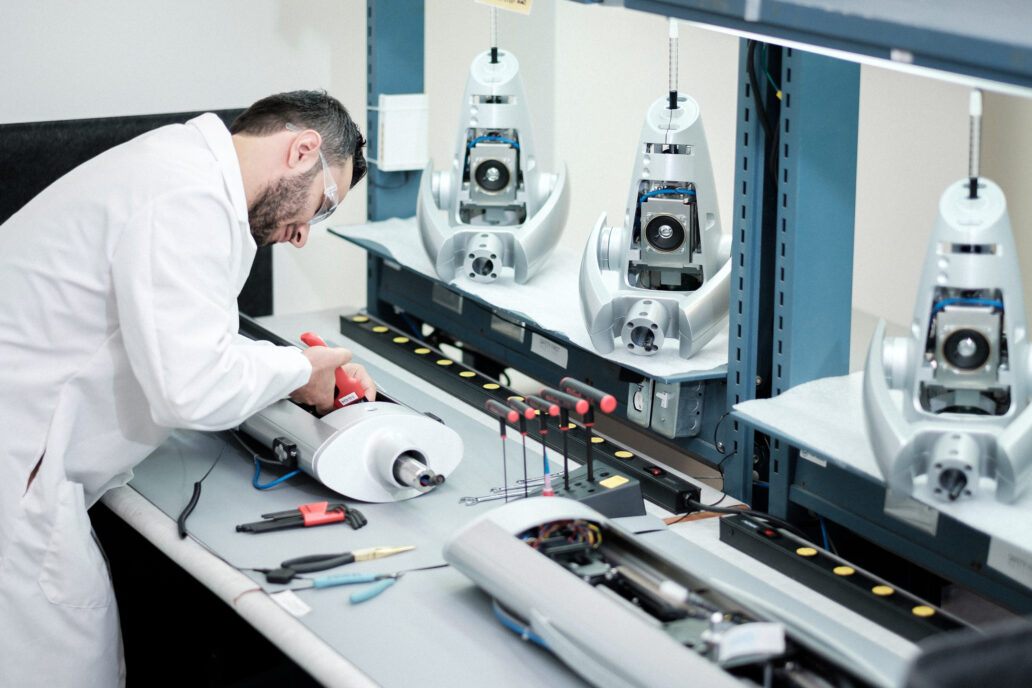
Top 10 medical device commercialization lessons and tips
We asked our development and commercialization experts to share their top medical device commercialization lessons and tips based upon actual medical device development and commercialization experiences. Their recommendations cover projects from working at StarFish as well as other medical device organizations. Many include links to blogs with additional information. Here are 10 ideas to increase your medical device commercialization success:
Understand your market and stay focused. Often we try to be all things to all people. We get distracted with the technology that we have and where it might be applied, we just get lost. Focus on the technology you want. Have a process to make your decisions. Convergence is going to happen early enough and you’ve got to stay the course. But they just tend to get distracted in and drawn out. Projects have taught us to focus on the product you want to launch; don’t do other stuff first.
Define the core value of your product or solution. Understand what it is that you really think will set you apart in your product apart from everything else that might be on the market. Know what it is and fight to hold on to it. Recognize what your product’s key big thing is that will make it successful and don’t lose sight of it as you move forward. Because then you’ll end up with the product you didn’t want. And it won’t do awesomely in the market. If there’s one thing, whether it’s ease of use or whatever, that you think this is the thing that will set you apart from everybody else. Don’t whittle away at that through your development process until there’s nothing left. Then you’ll just have an also-ran that has no significant differentiator.
Have a regulatory strategy early on. Understand the regulatory requirements for the countries that you want to launch the product in – medical and nonmedical. For example, if you want to launch a product in Canada, you have to have MDSAP and ISO 13485 certification before you can get a medical device license. You have to know your regulatory strategy. Involve regulatory people early on in the conversation. Fix your indications for use, know exactly what the device is going to do, and determine what your technology is going to be. Use our regulatory checklist. With regards to Europe in particular, there are specific requirements in each country. The EU is the EU, but there are still specific country requirements.
Define your technical development strategy early. For example, suppose you want to two-stream development in order to figure out your technology. Then second stream your actual products. Keeping that in mind helps the development team frame their focus. You want to know what you’re trying to prove out versus what you’re trying to design as a product.
Don’t underestimate the value of usability, formative, and summative testing. In defining things like how your device is used, where it’s needed, and whether it should be a stand, should it be a desktop? Even simple things like that will impact how the device will be accepted into the marketplace.
Injection moulding is getting cheaper. You can move a little earlier to a prototype injection molding depending on how much money you have to spend on total modifications. If it is important for compatibility or other design reasons, you can start with the right materials sooner without a huge investment in materials cost. A recent project would have cost about the same according to the materials cost template. And by “about”, I mean almost exactly the same using injection molding instead of machined and hand finished.
Take sample sizes seriously. When you’re testing something, do you test one of it? Do you the test two? Do you test thousands? There are lots of good ways to make that decision. But just saying one without thinking about it might lead you in trouble. Use the statistical techniques.
Know what your product requirements are before you transfer to contract manufacture. If you don’t understand your product requirements, you transfer it to someone to manufacture it, but you miss a key requirement, then the manufactured product won’t do what you wanted it to do. And that’s very bad for commercialization.
Expect challenges. Be able to respond, react with fixes, and incorporate them into production device testing and procedures. You think you’ve test everything, but when a device gets into users’ hands, there are often unexpected use scenarios and workflows. No matter how much you extrapolate and anticipate usage variations, there will be issues. You want to act quickly so issues don’t linger and cause a negative view of the device.
Surround yourself with supporters. Geof Auchinleck told us that he went to see his old boss and his old boss loved entrepreneurs. And his old boss gave him a big step up for his first start-up.
Incorporating these medical device commercialization lessons and tips will increase your success, reduce costs, and focus efforts. We love to hear additional tips and lessons from readers.
Astero StarFish is the attributed author of StarFish Medical team blogs. We value teamwork and collaborate on all of our medical device development projects.
Images: StarFish Medical
